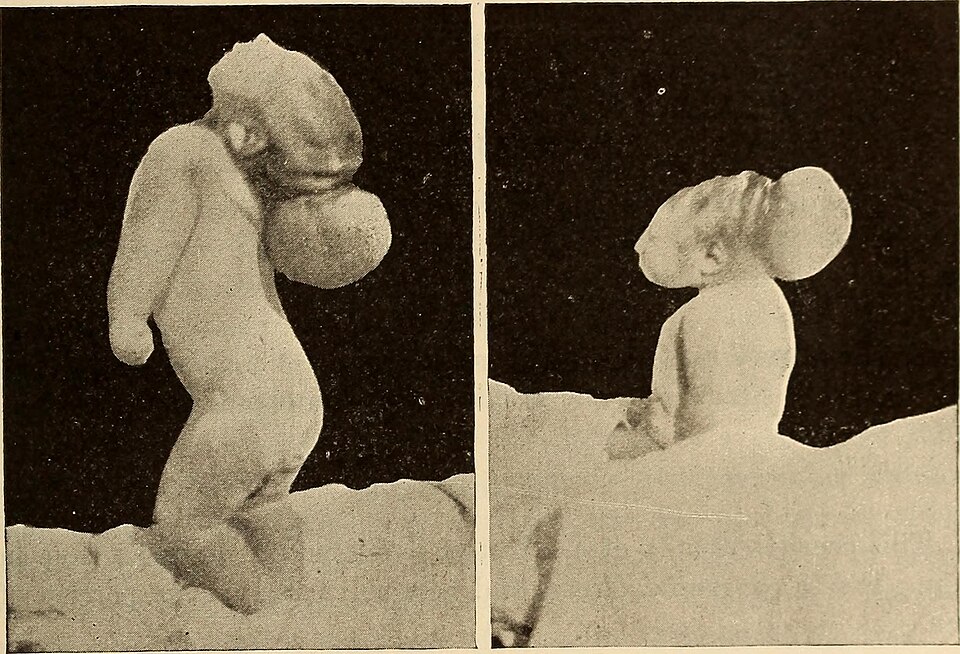New Study Offers Clinically Relevant Insights on Childhood Brain Tumors

A groundbreaking study led by the Princess Máxima Center for Pediatric Oncology has provided the first comprehensive overview of childhood brain tumor survival outcomes across Europe. Published in *The Lancet Oncology* on July 29, 2025, this research analyzes data from over 30,000 children diagnosed with brain tumors between 1998 and 2013, sourced from 80 cancer registries across 31 European nations. The findings reveal critical insights into survival rates and the effectiveness of treatments across different countries, challenging previous assumptions regarding disparities in care.
Childhood brain tumors are classified into several types, with the study focusing on the four most prevalent: low-grade gliomas, high-grade gliomas, ependymomas, and medulloblastomas. According to Dr. Raoull Hoogendijk, a researcher involved in the study, the team restructured tumor classifications to align with contemporary diagnostic practices. This restructuring allows for more accurate comparisons of survival outcomes, as the data now reflects clinical realities more effectively.
"For this study, we restructured the tumor categories in the cancer registries to match how tumors are diagnosed today," explains Dr. Hoogendijk, who conducted this research as part of his Ph.D. in the Karim-Kos and Van Vuurden research groups at the Máxima. This methodological approach has led to a significant alignment of data with clinical practices, offering healthcare providers a valuable tool for evaluating and improving treatment outcomes.
One of the study's key findings indicates that survival rate differences between countries are less pronounced than previously believed. This suggests a more equitable access to treatment for children across Europe. For instance, the survival rates for children with brain tumors in the Netherlands were found to be average compared to other European nations, providing a benchmark for further enhancements in care.
Dr. Henrike Karim-Kos, research group leader at the Máxima and the Netherlands Comprehensive Cancer Organisation (IKNL), notes the implications of these findings for healthcare professionals and policymakers. "This study shows us where we stand in Europe, and where there’s room to grow. For policymakers, healthcare professionals, and researchers, this overview provides valuable insights to improve care and data registration. Together, we can work toward better outcomes for children with cancer."
The study also identifies the proportion of children who can be considered cured, a critical metric that aids in refining treatment strategies. Professor Eelco Hoving, Clinical Director of Neuro-oncology and a pediatric neurosurgeon involved in the study, emphasizes the urgency for improving treatments, particularly for high-grade gliomas, which continue to present significant survival challenges.
"This study shows that survival rates for children with brain tumors have improved over the past 15 years," Professor Hoving states. "However, survival for children with high-grade gliomas remains far too low. Our findings highlight the urgent need for better treatments for these—and all—children with brain tumors."
The results of this research not only enhance the understanding of childhood brain tumors but also lay the groundwork for future studies aimed at improving survival rates and treatment efficacy. With ongoing collaboration among healthcare providers, researchers, and policymakers, there is hope for more significant advancements in pediatric oncology, ultimately striving for a future where all children with cancer can aspire to a cure without compromising their quality of life.
Advertisement
Tags
Advertisement





